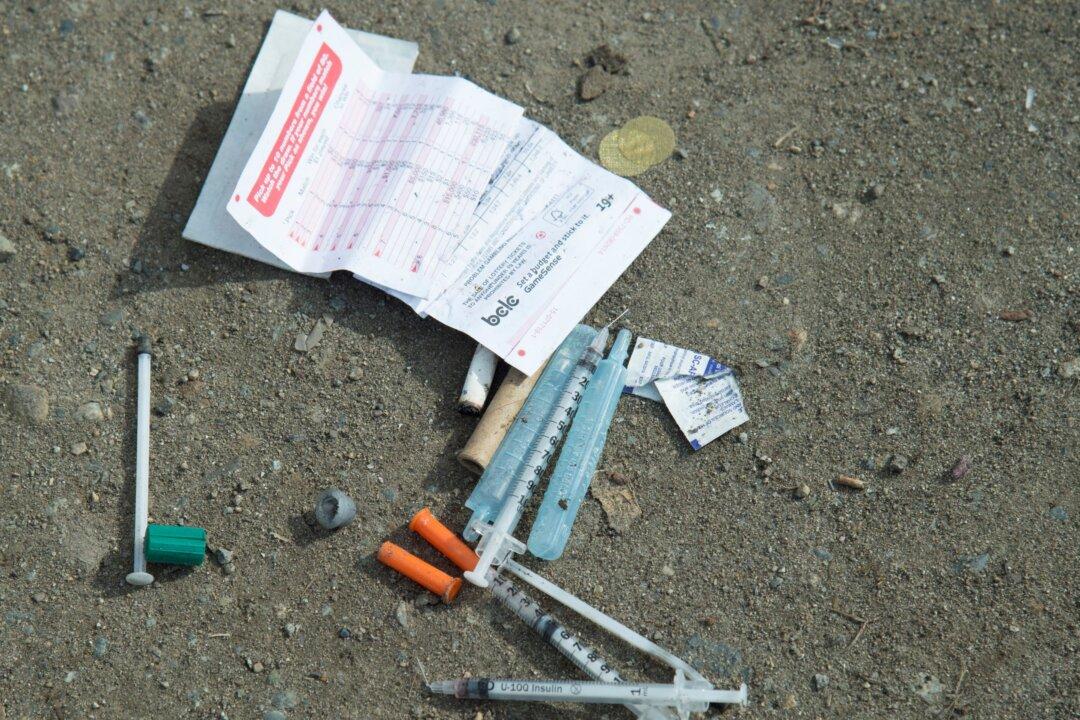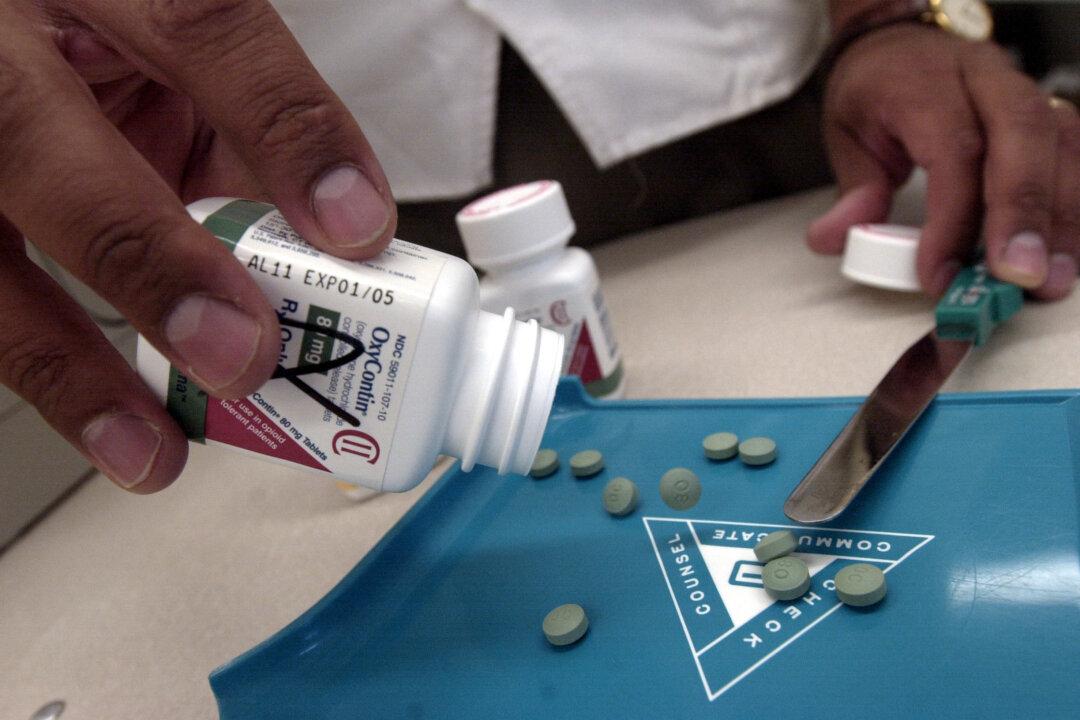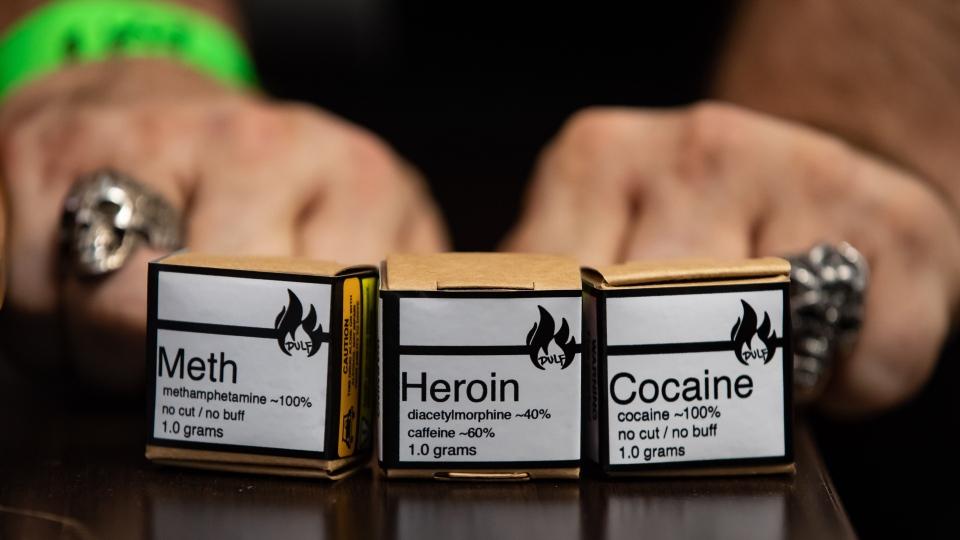Commentary
Early last year, British Columbia decided to decriminalize personal amounts of illicit drugs under the misguided belief that this would mitigate overdoses and deaths. While the drug crisis in Canada is horrific and drastic action is sorely needed, the decriminalization experiment has been an absolute disaster.



